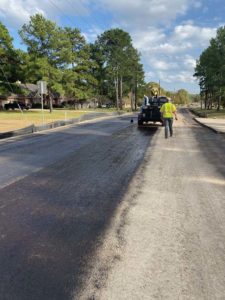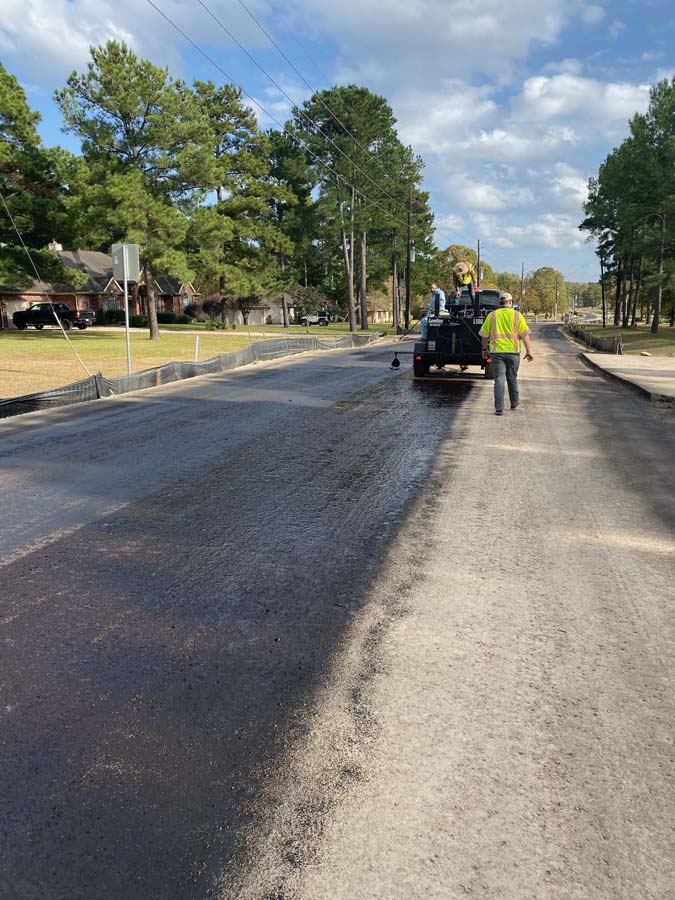
When Should I Choose an Overlay for My Asphalt Pavement?
An asphalt overlay, which is sometimes referred to asphalt resurfacing, involves applying new asphalt to an existing pavement. The overlay will be strikingly similar to a new pavement in appearance, longevity, and maintenance requirements, but overlays cost substantially less. However, overlays are not always possible or cost-effective if the base layers have been severely compromised over a wide area. Unless the base is repaired, the overlay will soon suffer the same fate as the original pavement. Base repairs require your asphalt paving contractor to remove the existing pavement to expose and repair the base. If the damage is confined to a relatively small percentage of the pavement’s total area, an overlay may still be an excellent option. However, suppose the damage to the base is extensive. In that case, it may make more sense to reconstruct the entire pavement, especially if your asphalt contractor will need to make numerous crack repairs, address significant drainage problems, or install large or numerous patches.
How Does a Houston Paving Contractor Install an Overlay On An Asphalt Parking Lot?
Contractors typically start by performing a preliminary cleaning of the pavement’s surface to ensure that all damages have been exposed. Depending on the pavement condition, it may be necessary to make the repairs first, especially if there is a chance that the damage pattern might telegraph through the overlay. Next, a milling machine will be used to grind away the existing pavement to a predetermined depth. After ensuring that the pavement is clean and dry, the contractor may apply a tack coat or install and compact the first layer of new asphalt. Layers or courses of asphalt will be installed and compacted until the pavement reaches the proper thickness.
When Should I Choose a New Pavement Instead of an Overlay?
As noted above, if the existing damage is too extensive and severe to make an overlay possible, you will need to replace your pavement. However, there are other potential reasons for choosing a reconstruction instead of an overlay. Perhaps there are underground utilities that you would like to reroute. Maybe your parking lot was engineered for passenger vehicles and constructed with a foundation that is inadequate for the numerous 18-wheelers that your pavement must now support. Perhaps there are serious subterranean drainage problems that were not detected when your original parking lot was constructed. Your company’s policy on whether to treat an overlay as a repair or a capital expense could also be a factor.
If You Need a Trustworthy, Experienced Paving Contractor, Choose Marathon Solutions Group
At Marathon Solutions Group, we have been committed to providing exceptional paving services to clients throughout the Houston metropolitan area. We have the expertise to handle all types of jobs, including paving, pavement reconstruction, drainage improvement, concrete repair, asphalt sealcoating, parking lot striping, asphalt milling, thermoplastic pavement markings, concrete installation, parking lot signage, and bollard installation. We have impeccable references and an exemplary reputation. To request a free quote, call 800-879-1147, email us at HQ@marathon-solutions.com, or submit the online form.


